The Article
MAJESTIC DAC FROM GRAHAM SLEE
3rd February 2023
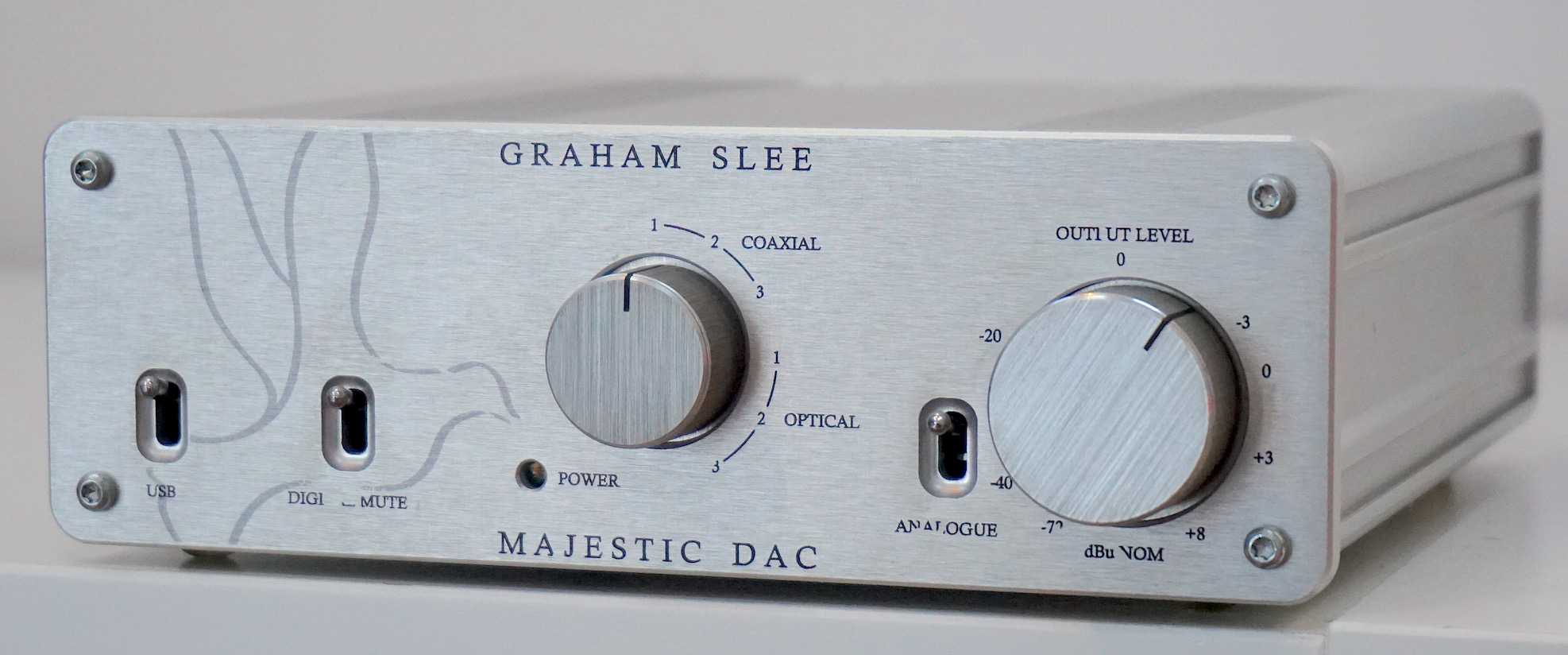
It’s a rugged, ‘back to basics’, meaty, solid and feature-packed DAC. Paul Rigby reviews the Majestic
Well it’s about time. About time that I reviewed a Graham Slee product. So what do we have here then? Well, it’s a DAC. But it’s a DAC that doesn’t bend to modern fashion or modern convenience or modern most things to be honest.
So I’ll say it again. It’s a DAC.
There’s no headphone amplifier built in. There’s no Bluetooth built in. You don’t even get those annoying user-selectable filters I tend to moan and groan about. There’s nothing else in this box except the DAC.
And that’s why I’m excited to review this one. I’m a bit of a purist at heart. In HiFi terms at least. I like a HiFi product to do one thing, to do the thing it’s designed to do. I don’t like my HiFi tools to wander off and lose focus. There’s no chance of the Majestic doing that.
A DAC WITH TEETH
The next thing that interests me is the DAC chip within. Graham Slee has chosen a Wolfson. Why not a variant from the all-powerful ESS range? Because, according to the Graham Slee, if you go ESS then you’re basically looking at a software-driven DAC. The DAC chip rules the roost and calls the shots. If you drop in a Wolfson – actually two chips, the WM8804 (an S/PDIF transceiver) and the WM8741 DAC chip itself – then you can still have a hardware-dominated design, one in which the analogue section plays a major part and influences the sound.
Some of you will have heard my gripes when reviewing DACs with ESS chips within. So all of this information from Graham Slee? Puts a smile on my face. I heartily approve.
CIRRUS ILLOGICAL?
Thing is though, and this helps to wipe off that very smile, this particular chip is not long for this world. Back in, what was it, 2014? Cirrus Logic bought Wolfson as a company. And it’s Cirrus Logic that has decided to retire this chip. I don’t know if Graham Slee is going to upgrade the Majestic with a new chip down the road but the DAC I am going to review here has suddenly become a limited edition.
Now understand this Graham Slee has bought up quite a few of these chips. They are stock piled in a lead-lined, bomb-prove vault within Graham Slee’s own nuclear shelter, buried somewhere near the Bank of England in London, UK. Even so, the supply is limited so, after this review, if you fancy of these units? Buy sooner rather than later. They won’t be available for ever. How long? Depends how many the company sells really. Catch 22 and all that.
As for DAC chip specs? You’re looking at 24bit/192kHz for coax, 96Khz for optical although the company can tweak the Optical 1 socket to 192kHz if you want that and 48kHz for USB.
TECH INSIGHT
Taking a general look at the Majestic, in its physical form, the aluminium case reminds me of someone. Burson perhaps? That chunky, almost industrial look. Softened a tad by the sketch of the Dove (is it a Dove?) on the front fascia. In addition to the fauna the front fascia also includes…toggle switches! I do like a toggle switch.
And, moving from the left to the right, we trip over our first one to toggle on USB, next is a mute switch, then there’s a rotary source selector, just to the seven o’clock position of that selector is a power light. Continuing our rightward foray, there’s an analogue input switch and then there’s the volume rotary knob.
So why toggle switches then? According to John Cadman at Graham Slee, “We much prefer toggle switches as we find them much more reliable than push buttons. Better contact area.”
There was also that thing when you push a button on a light-weight chassis the entire thing moves back or you have to hold the box with one hand and push the button with the other. You can operate this one one handed! Finally, push buttons become tarnished internally much faster than toggles so there’s that long-life thing.
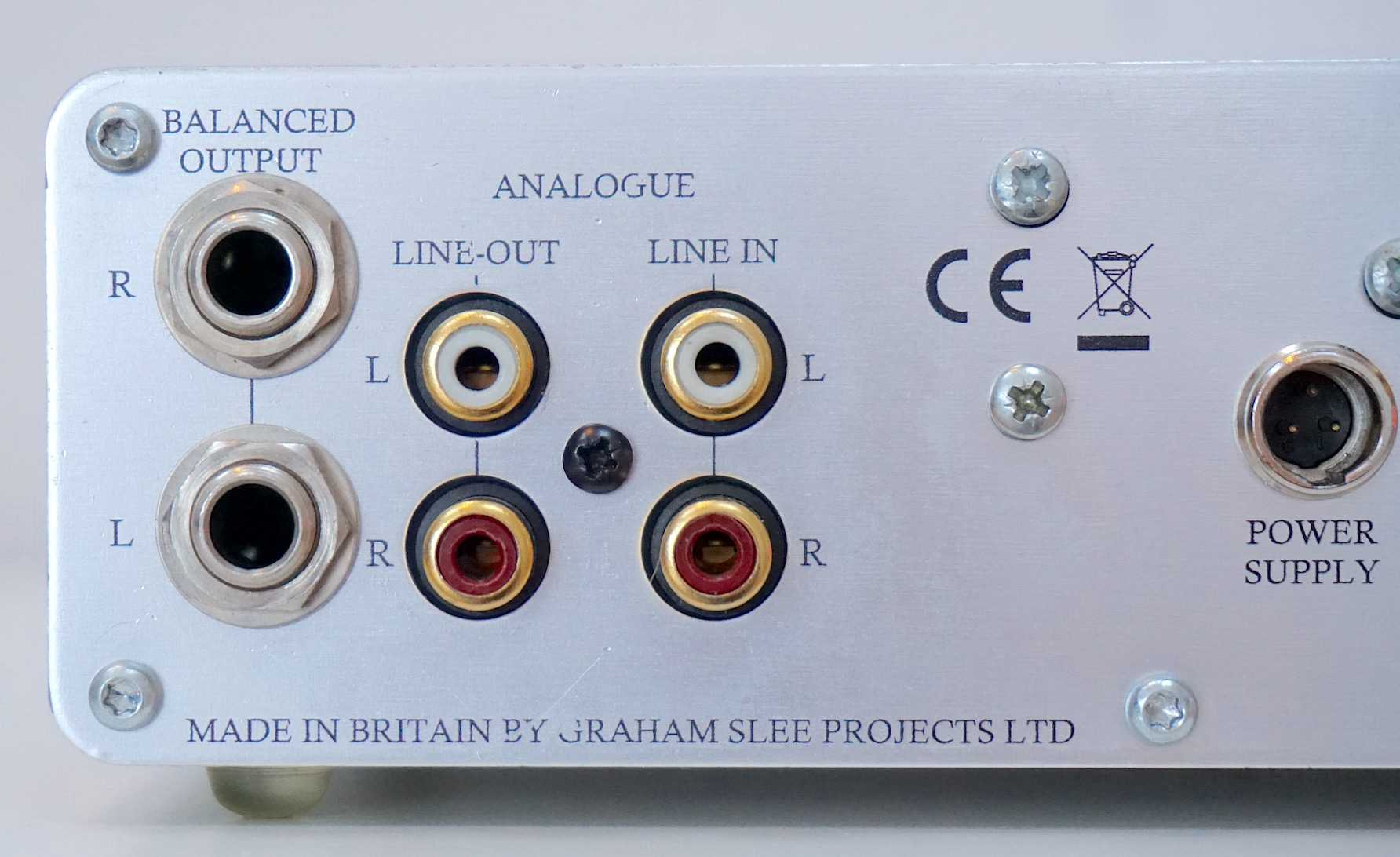
You will also notice something missing, if you’re familiar with modern DACs – no output screen. I don’t know about you but I find this strangely refreshing. Cadman explained the missing screen, “Everything in the Majestic is hardware based so we did not really want to get involved in screens and software. Also prefer the clean look without lots of illumination on the front.”
But that’s not all, the company are terribly suspicious of screens because they have to be powered somehow don’t they? A screen means that there’s current floating around in the DAC which means possible leaky current doing terrible things to the sound quality. Again, there’s the purity thing going on here.
BLUETOOTH BILLS
And I have no issues with any of that. Oh and another thing missing? One that appears a lot on modern DACs? There’s no Bluetooth. Cadman again, “Bluetooth is a licensed addition and is incredibly costly for something that is not mass produced. We thought it not worth the expense.”
I have heard that you have to pay Bluetooth £20k up front plus license fees on top of that just for the privilege of having the feature in your chosen box. Me? I can do without Bluetooth in a DAC. Mainly because the loss of Bluetooth cuts down on general vibration and high-frequency noise. Thus, not having Bluetooth here should help the sonics.
Around the back and starting on the left again? We have balance ports, 6.35mm TRS balanced ports, the original balanced format as found in studios. So why no XLR ports then? Apparently these were included because of space reasons. What Graham Slee can do to alleviate that is provide convertor cables if you want to plug in your XLR cable into this box and that’s what I’ll be using in this review. In fact these cables arrive in two flavours: TRS to XLR and TRS to single-ended to give you more flexibility. I’ll be taking advantage of all that in a moment.
Next to the balanced outputs are RCA outputs and inputs and then a DIN socket for an external power supply. I was supplied with the PSU1 power supply brick. There is an upgradable power supply option but I am not covering that upgrade here because of time and space reasons. I might include that when I look at other Graham Slee products in the future.
So your DIN cable runs to the brick and, from there, a standard cable runs to the mains using a figure-of-eight connection.
MARKET RESEARCH
Moving on and we hit three coax and three optical ports plus a USB B port. Now three coax and three opticals is a lot. I’m sure you’ll agree. So again, why are they there? Apparently that’s down to you. Well, fellow HiFi enthusiasts at any rate. The company was going to insert one only. Then Graham Slee toured the HiFi forums and market research kicked in. Hence, the surfeit of digital inputs.
Finally? Another missing item. There’s no remote with the Majestic. According to Cadman, “We did not think it necessary. Keeping things much more simple and additional unnecessary clock circuits out, keeping noise down to a minimum.”
Again, that’s fine with me. This design does appear to prioritise sound quality.
HOME A-LOAN
You can do your own sound tests at home, by the way because Graham Slee runs a home loan programme. As long as you join the company’s own forum which resides on their website then you are eligible for a home loan on a prospective purchase. Again, I approve. More companies should run this sort of thing. The whole home loan thing is run by volunteers, incidentally, HiFi fans like yourself but HiFi fans who happen to like Graham Slee products.
Anything else before we move on? Oh, one thing. This unit runs both single-ended mode and balanced mode. On my unit, single-ended mode was fixed while balanced mode was variable – that is, the volume knob on the front of the Majestic controlled the gain. In single-ended mode, the volume knob on my main amp controlled the gain. You can have either. The choice is yours.
That is, when you order your DAC you can request that single ended and balanced outputs be either fixed or variable. Your choice. Also, later on, if you change your mind, the company will change those modes from variable to fixed or vice versa for a nominal sum. So this unit offers lots of choice.
Anyway, enough tech talk, let’s see what this thing sounds like.
SOUND QUALITY
I began by bringing in my Earmen Tradutto and Topping LD90 DACs which are cheaper in price but I wanted to see/hear if the Majestic was actually worth the extra cash in the first place.
In music terms? I began with a CD version of Pete Bardens’ self-titled album from 1971 on the Transatlantic label. Bardens, of course, was part of the classic UK prog outfit, Camel. I played the track Write My Name in the Dust which is a more of a blues rock outing to be honest with proto-prog overtones and features Bardens’ lead vocal, a female backing harmony trio, Hammond organ (a sound I could listen to, all day incidentally), acoustic, bass and electric guitars and percussion.
It’s a busy soundstage so there’s plenty of opportunities for errors to intrude into the presentation.
I also played Ryuichi Sakamoto’s 1989 album on Virgin, Beauty and the track, Diabaram which is a rather gentle and fragile vocal piece using low-key strings, percussion as backing.
SINGLE-ENDED PLAY
I began in single-ended mode.
First impression from this DAC? Low noise, no treble pinch or midrange screech. No shiny bass either. Bass offered a sense of realism instead of the oft-heard plastic bass that too often offers lots of impact but no soul in the digital sphere. The Majestic moved away from one-tone metallic bass to provide a more complex suite of lower frequencies.
Moving to the other extreme, cymbal hits on this track are coated by a phase-shifting filter (which is very early 70s). This filter can often dominate via typical DACs but the Majestic reminded the ear that yes, there was a cymbal underneath the sound effects. The Majestic produced a full, rich cymbal response to percussive strikes.
More than anything though and the most surprising aspect of this DAC in performance terms was that it never sounded like it was trying. It never sounded like it was making an effort. It never gave me the impression that it was trying to impress.
I have DACs here that want to do just that but they often sound over eager, they strain a bit and they offer lots of wow factor – at least initially – but can become tiresome during long terms listening.
And that’s the principle and central feature of this DAC. The Majestic is aimed at long-term listening. This is a DAC that tries its best to pass on musical information from the source rather than repackage it with added fireworks.
So if you listen to this DAC you probably won’t be impressed initially. But give this one time and you’ll hear how at ease music sounds via the Majestic. Music flows with little effort. There’s a genuine organic aspect to the playback here. Sure, if your recording is bright and nasty then the Majestic won’t hide the fact but it certainly won’t make things worse. What it will do is pass the music from the source to your ears in as balanced a way as possible.
Frankly, the more I listened to the Majestic in single-ended mode, the better it sounded. That is, rather than throwing music at you, the Majestic invited you to come to it.
BALANCED PLAY
At this point I wondered what balanced play might sound like compared to single ended so changed a few cables.
I began balanced play by plugging the Majestic directly into my power amplifier, my valve monoblocks. By-passing my main preamp completely and running balanced mode via the DAC’s own preamp. I thought I’d do this because balanced mode on my DAC, as I say, offered variable gain. That is, I could run the DAC ia the DAC’s own preamp.
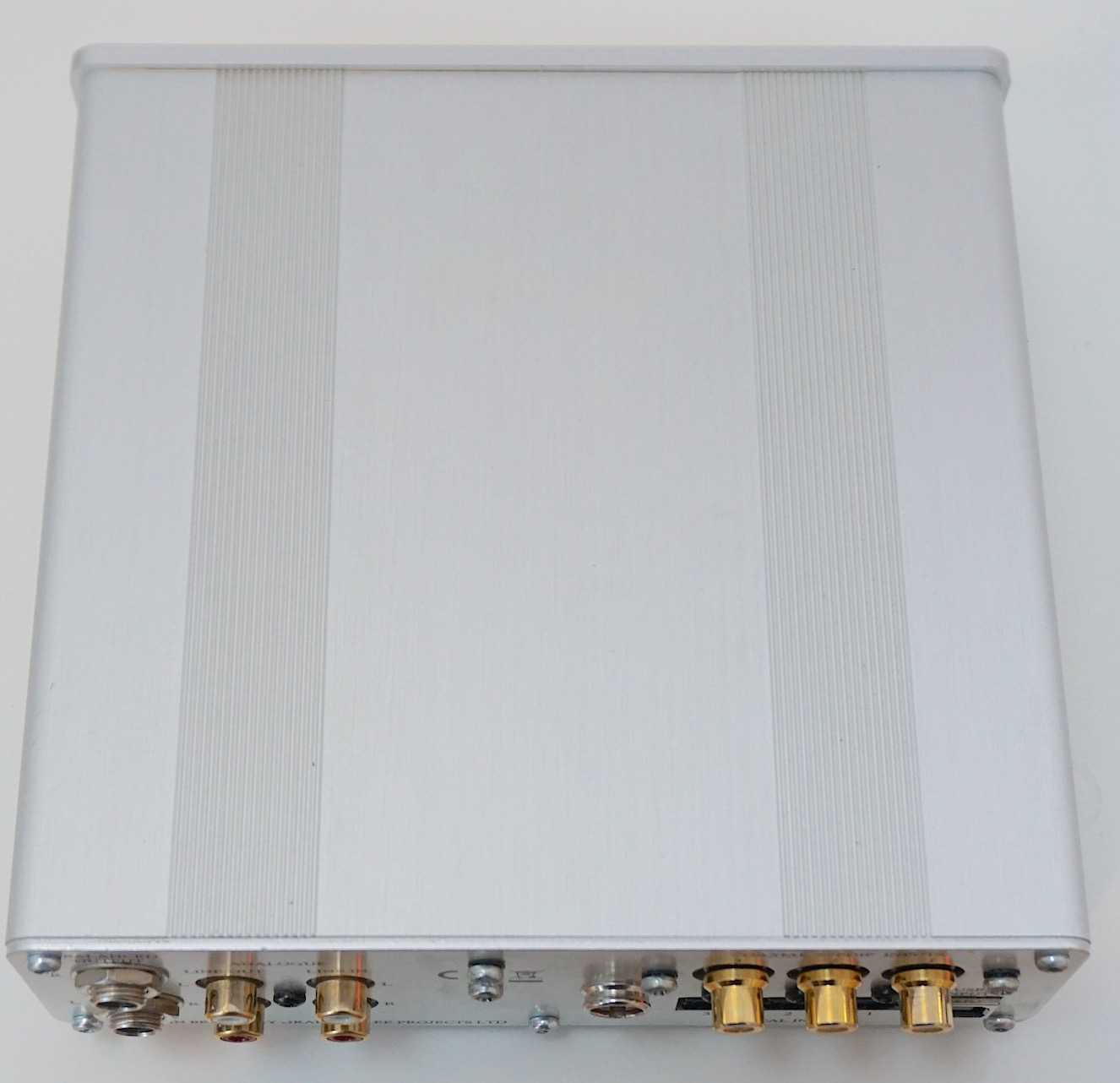
So what did the Majestic sound like in this direct mode?
Once again, the noise floor dropped. A lot. The soundstage sounded clear, transparent and offered a real 3D effect in terms of the instruments structured inside it. That space around the stereo image? You felt like you could walk in it and move front to back in and around the performers. Midrange was very informative and well, ‘majestic’, I have to say.
Tonal realism increased further. The instruments sounded solid, they had form, there was space between each and every one of them and all of that meant that subtle sounds were easier to locate by the ear. Hence, there was more finesse and more elegance in and around the soundstage now.
DIGITAL AUDIO PLAYER
Next? I decided to return to my earlier configuration. Back to single-ended mode, back to my main pre-amp. But this time, instead of the CD transport, I connected my Astell&Kern Kann Alpha DAP to the optical port and listened to The Doves’ The Universal Want at 24bit/96kHz. I also compared the Majestic with my high-end Benchmark DAC which was valued at around £3k when I received it.
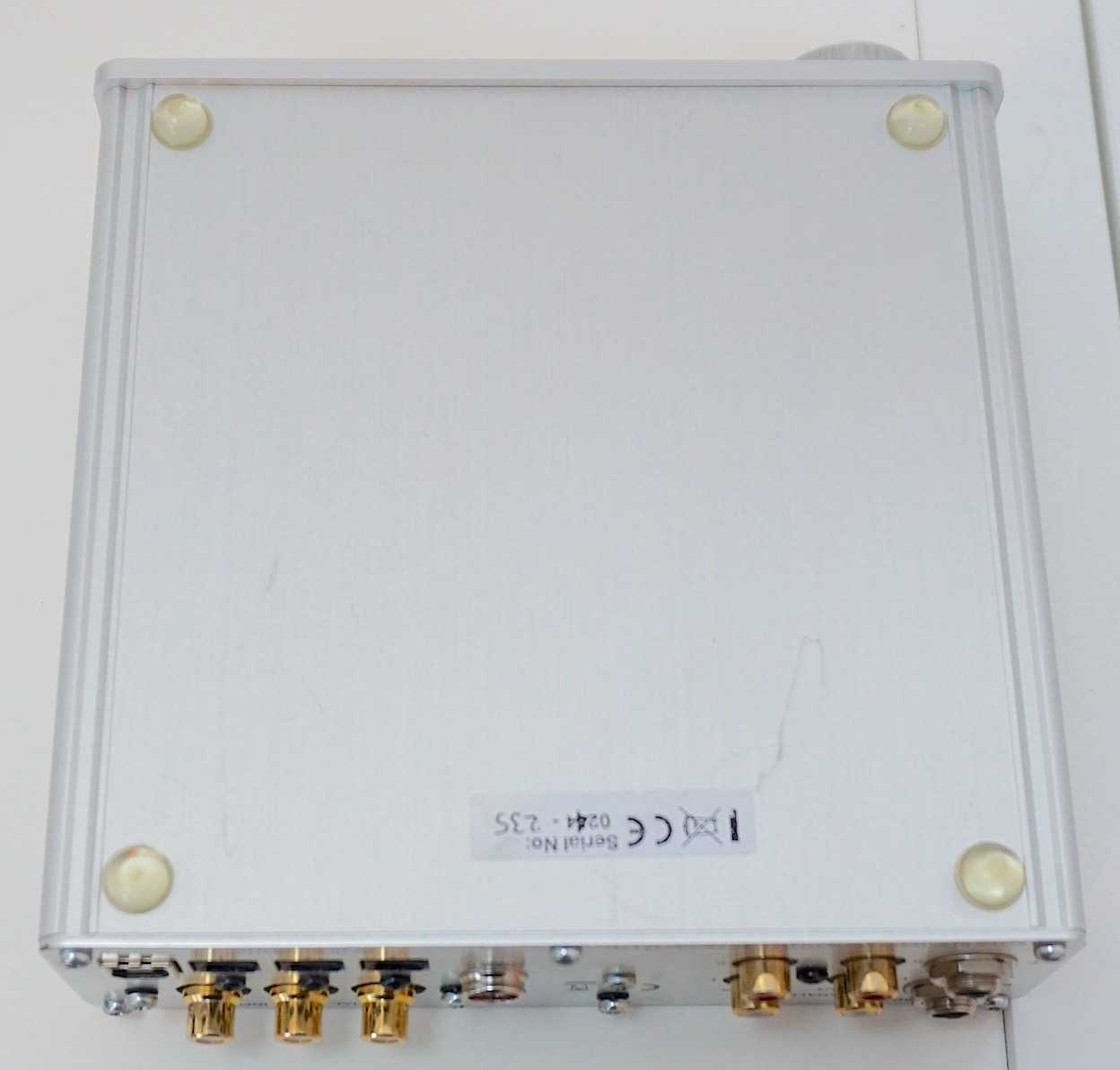
The result? The Majestic was rather lovely, actually. In fact, in many respects, I preferred it to the Benchmark in terms of midrange realism, the structured and spacious soundstage and the 3D effect of the instruments on show. Again an open, airy midrange with enough detail, subtlety and delicacy on offer to allow vocals to plug into the emotion of the song. Bass was full of impact plus that naturalistic bounce and energy that helped the lower frequencies to groove in extremis.
USB
Finally, I plugged in my laptop and ran a CD rip of The Police’s Message in a Bottle via USB and through the Audirvana Plus software player.
Percussion was rock solid with a firm rhythmic foundation. Vocals were smooth yet passionate while the guitar twanged with some gusto.
CONCLUSION
The Graham Slee Majestic DAC is a product of independent thought. It’s not a ‘me too’ design and I see a lot of ‘me too’ DACs these days. Quick and dirty designs to make a quick and dirty profit from quick and dirty, fly by night companies. Not this box though.
I said the Majestic was a design for purists and I ain’t kidding. It focuses on the essentials. It removes the fluff and the detritus and the sonic result is a delight. It provides the features you need, it dumps the features you don’t which means you pay a price for the job in hand. You don’t pay good money for mere trinkets.
It’s been a long time since I reviewed a real world HiFi product for a real world audience at a sensible price the does the job and no more. It’s also been a long time since I have heard a DAC that sounded less than digital.
In short? The Graham Slee Majestic DAC is a sound tool, it’s not a fashion item. And I love it for that.
GRAHAM SLEE MAJESTIC DAC
Price: £1,600
Website: www.hifisystemcomponents.com
GOOD: back to basics design, build quality, feature set, overall sound quality
BAD: nothing
RATING: 9
[Don’t forget to check out my new Patreon Page at www.patreon.com/audiophileman, for exclusive postings, giveaways and more!]
REFERENCE
Apple iPhone
Astell&Kern Kann Alpha DAP
Q Acoustic 3020 speakers
Tellurium Q & QED cabling

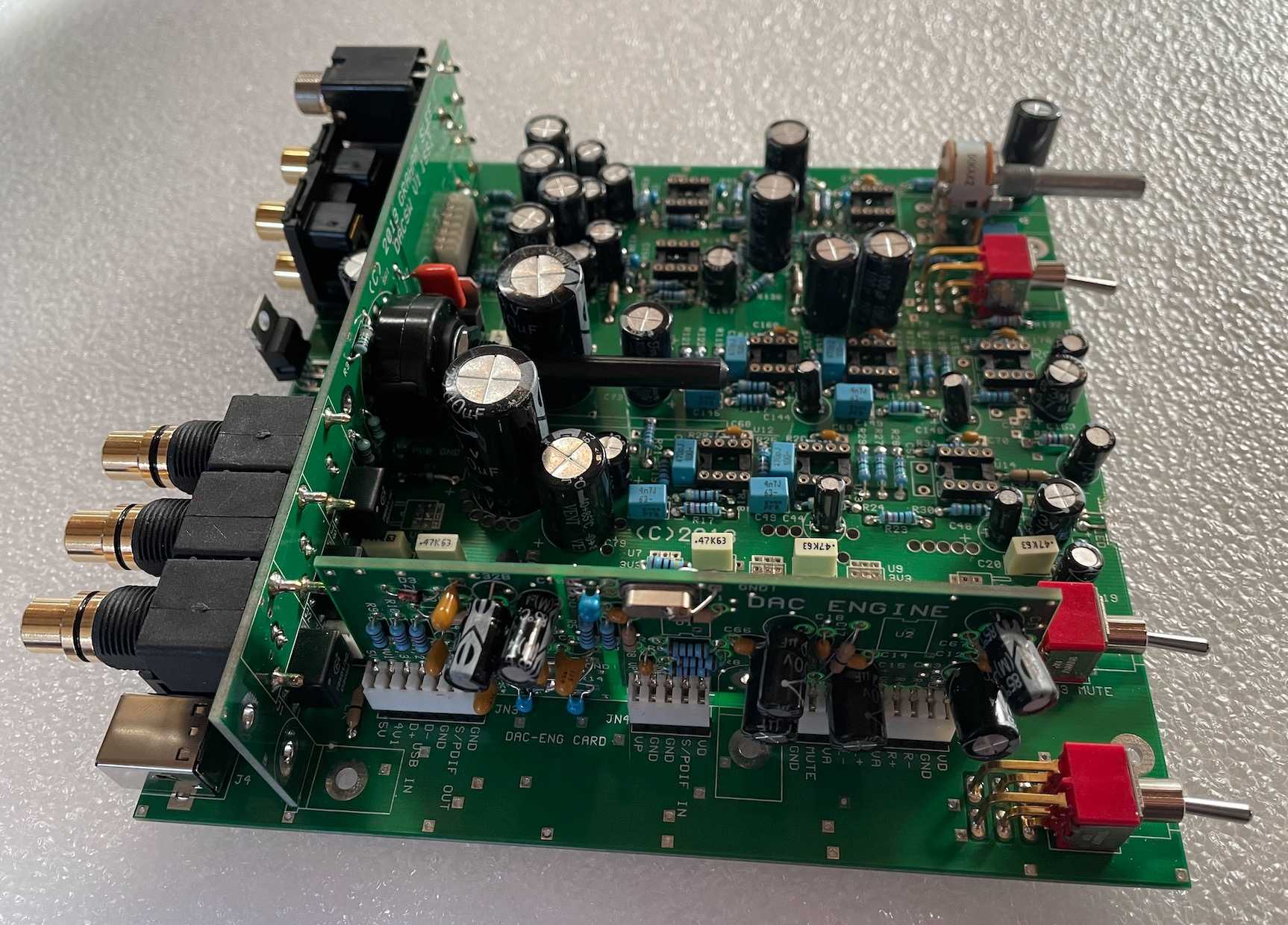
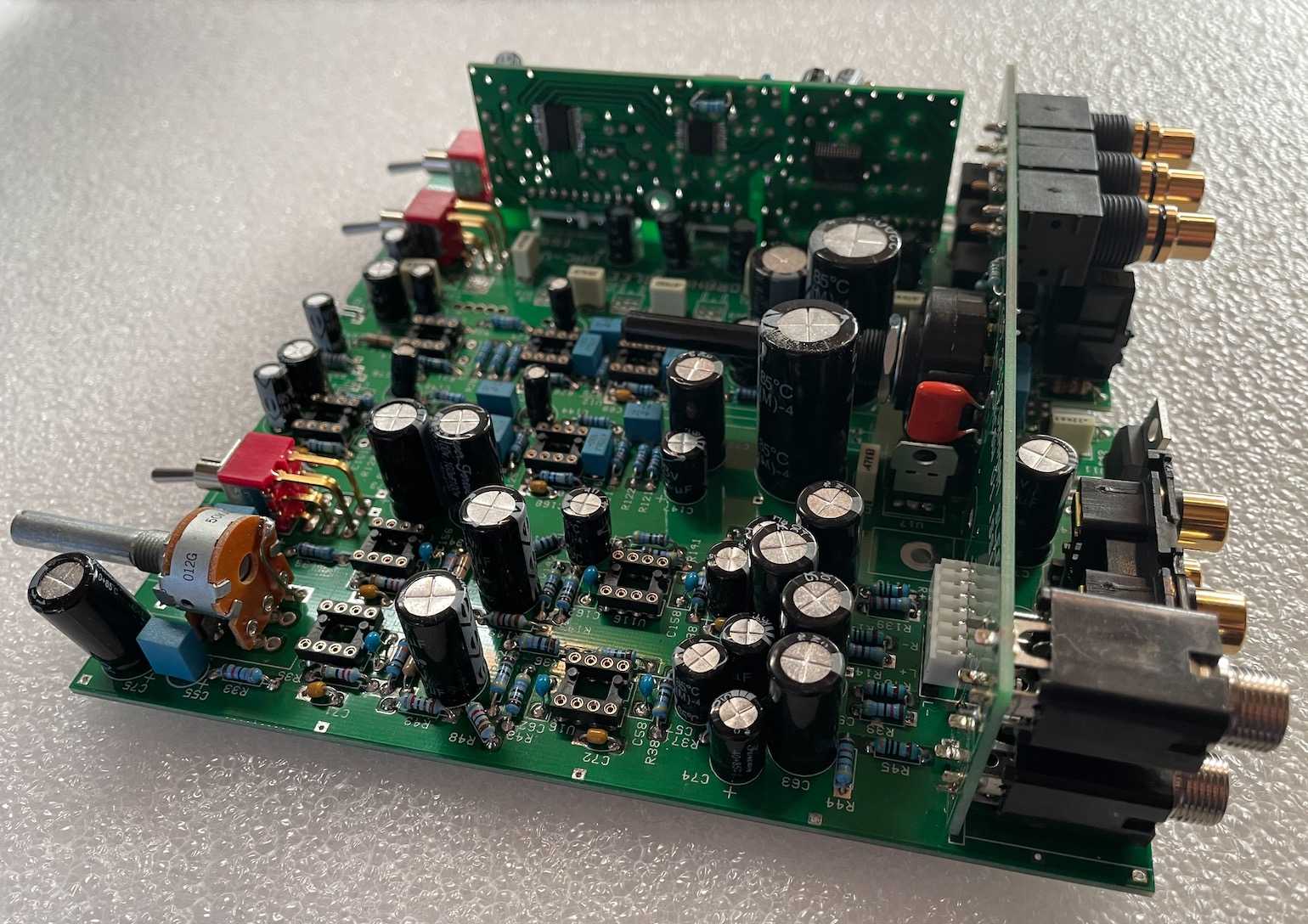
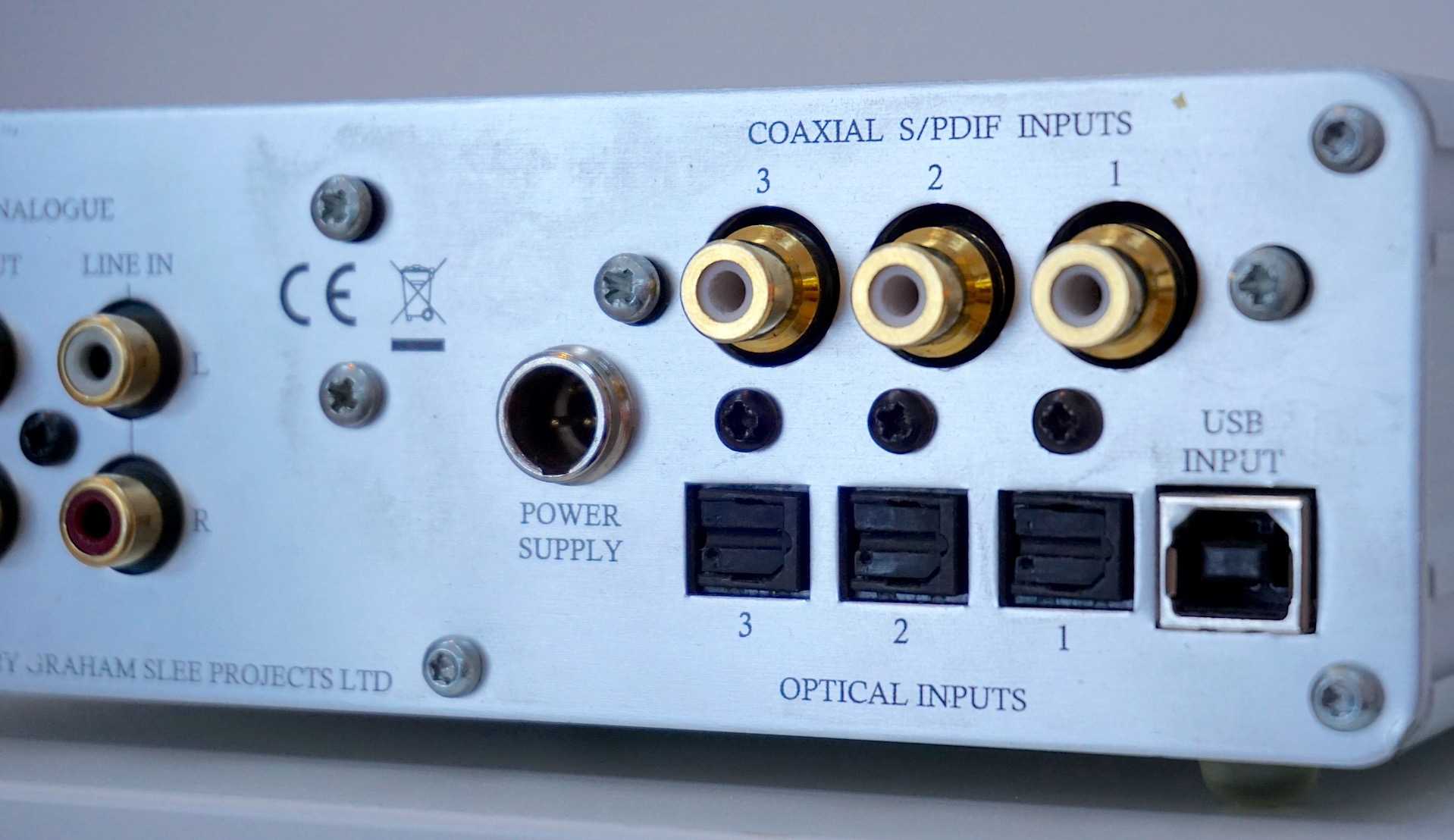
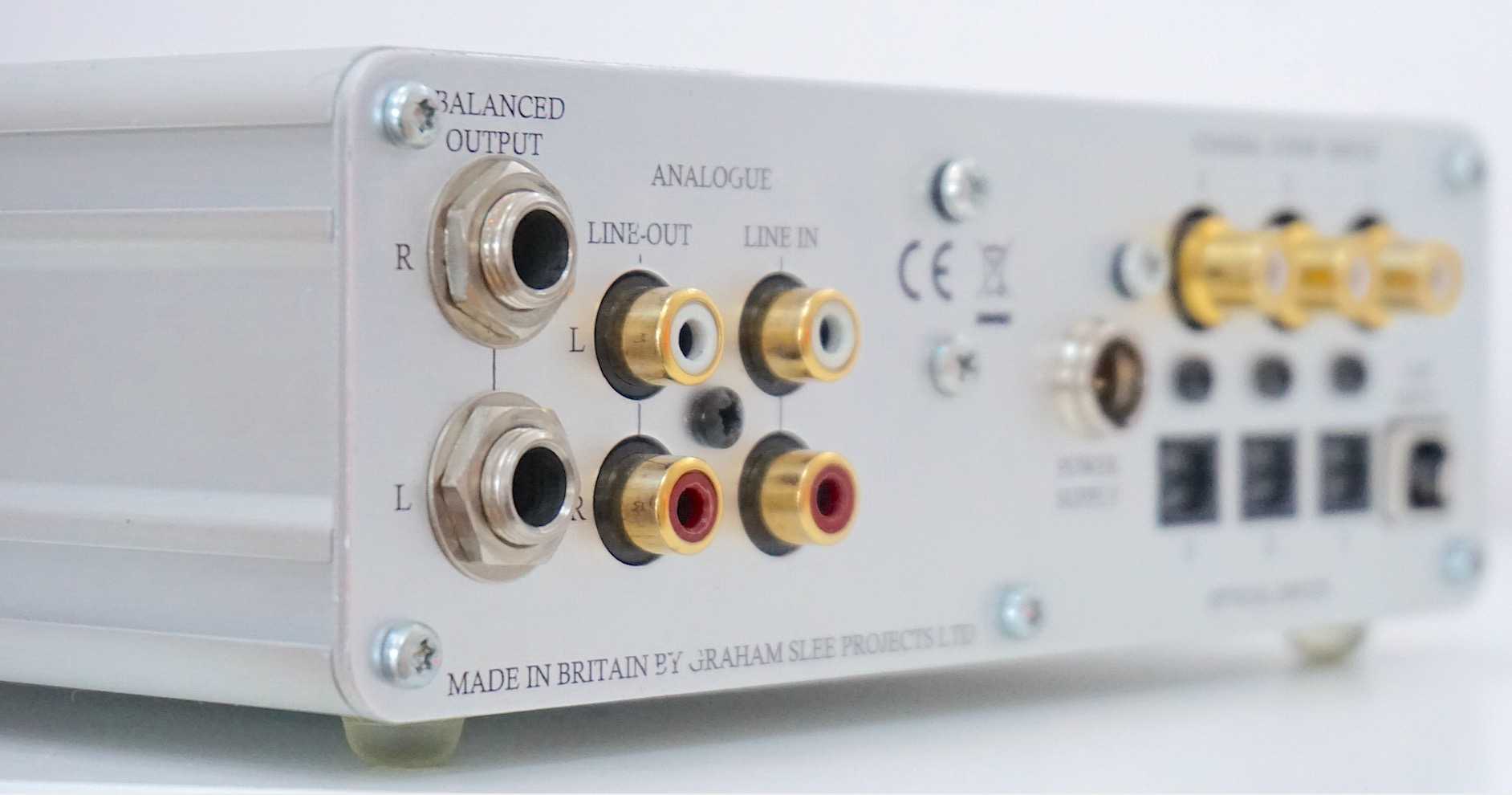
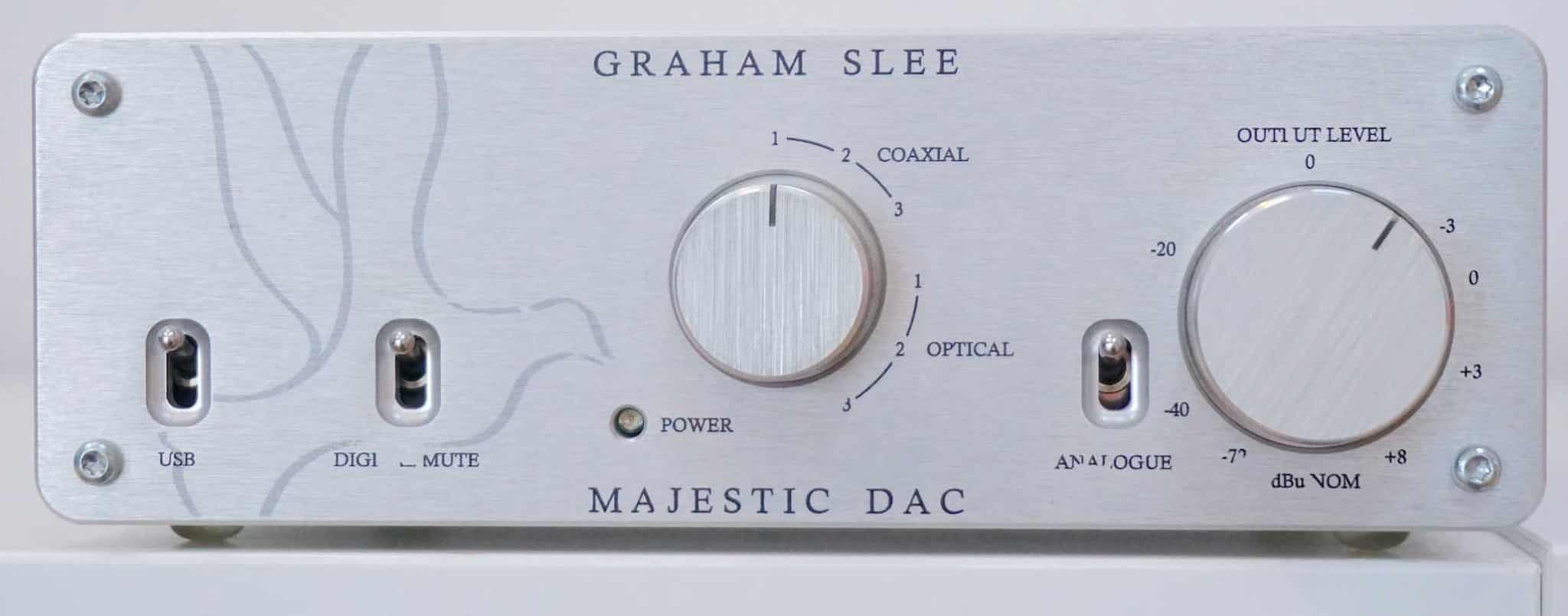
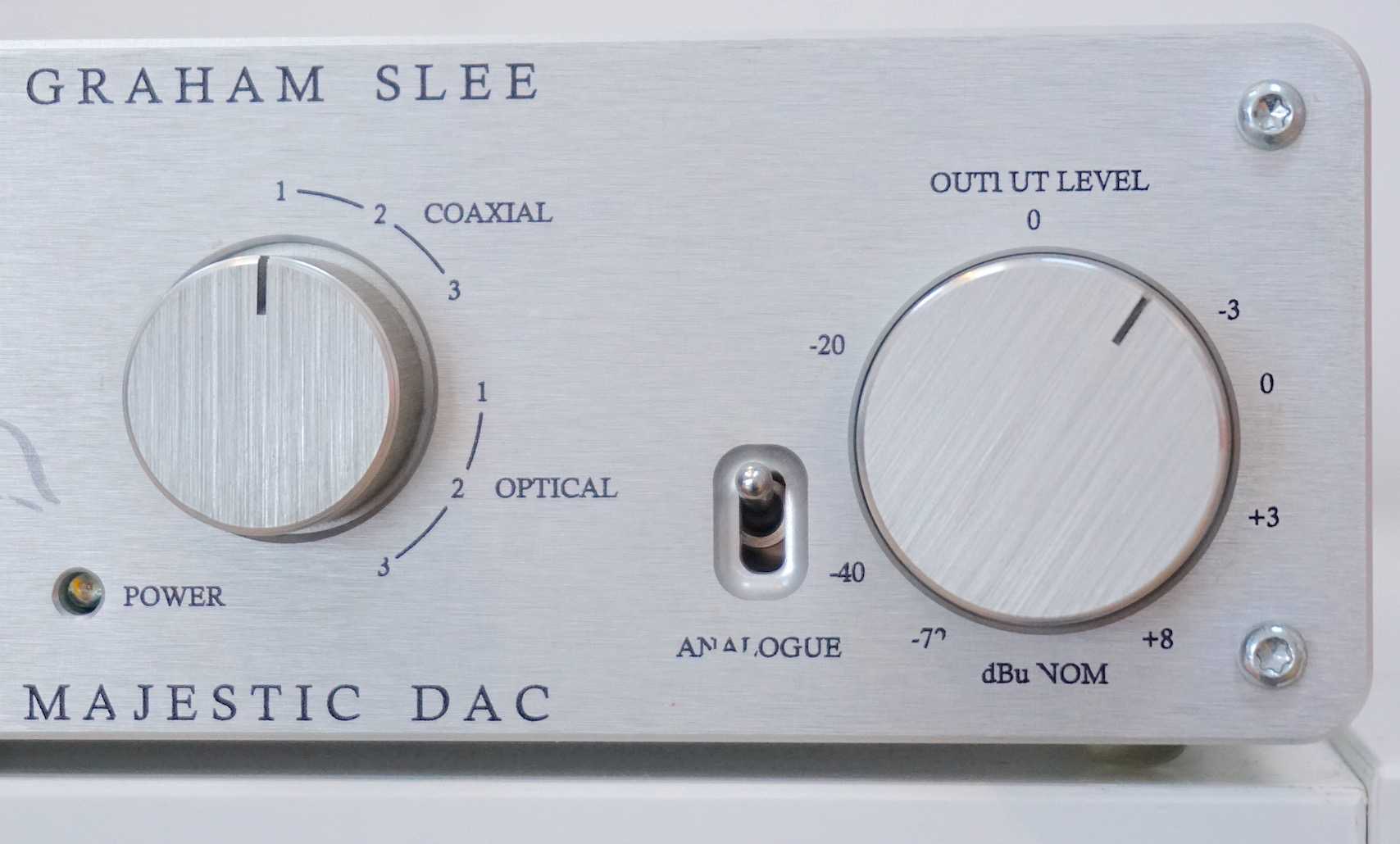
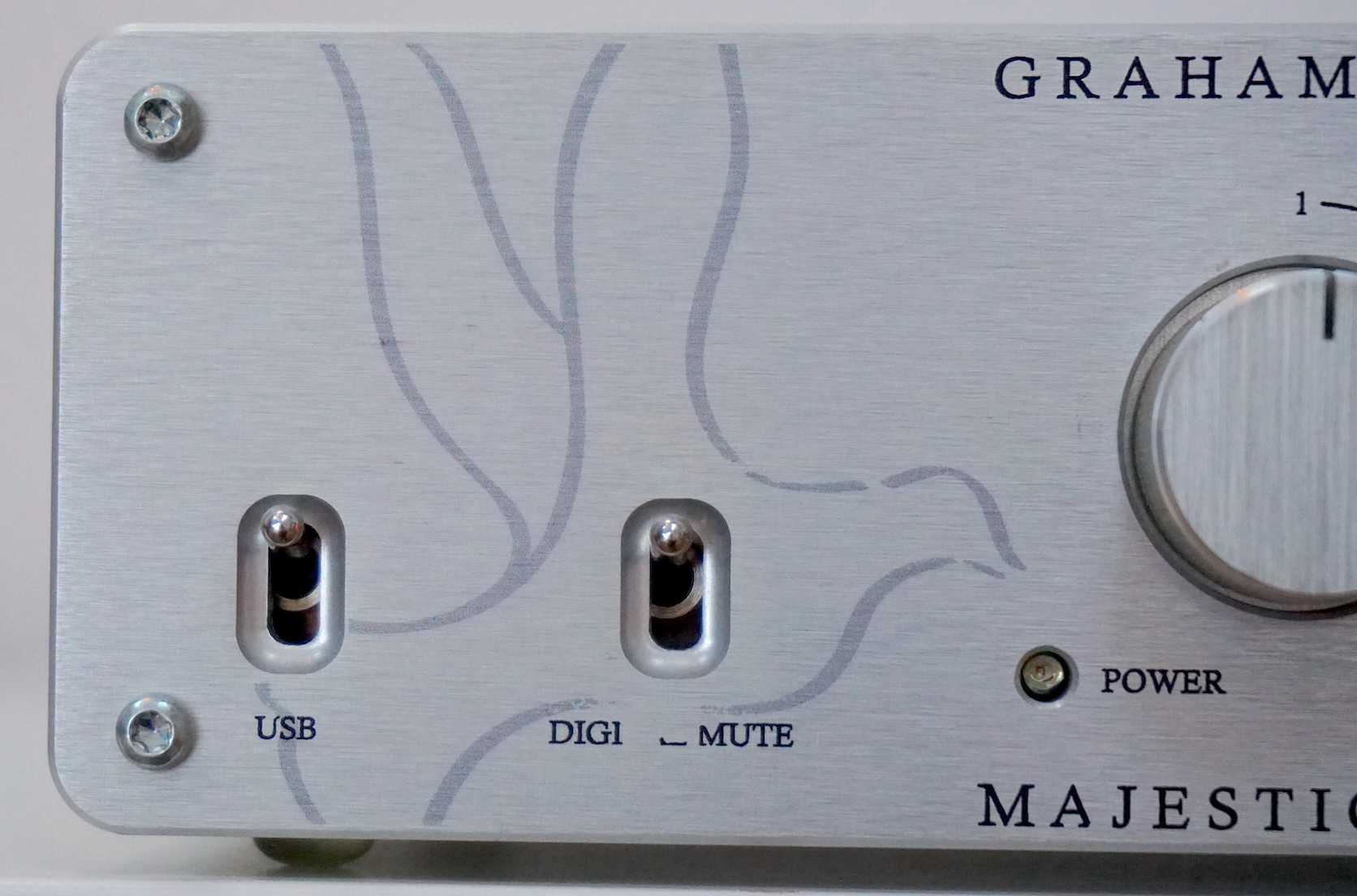
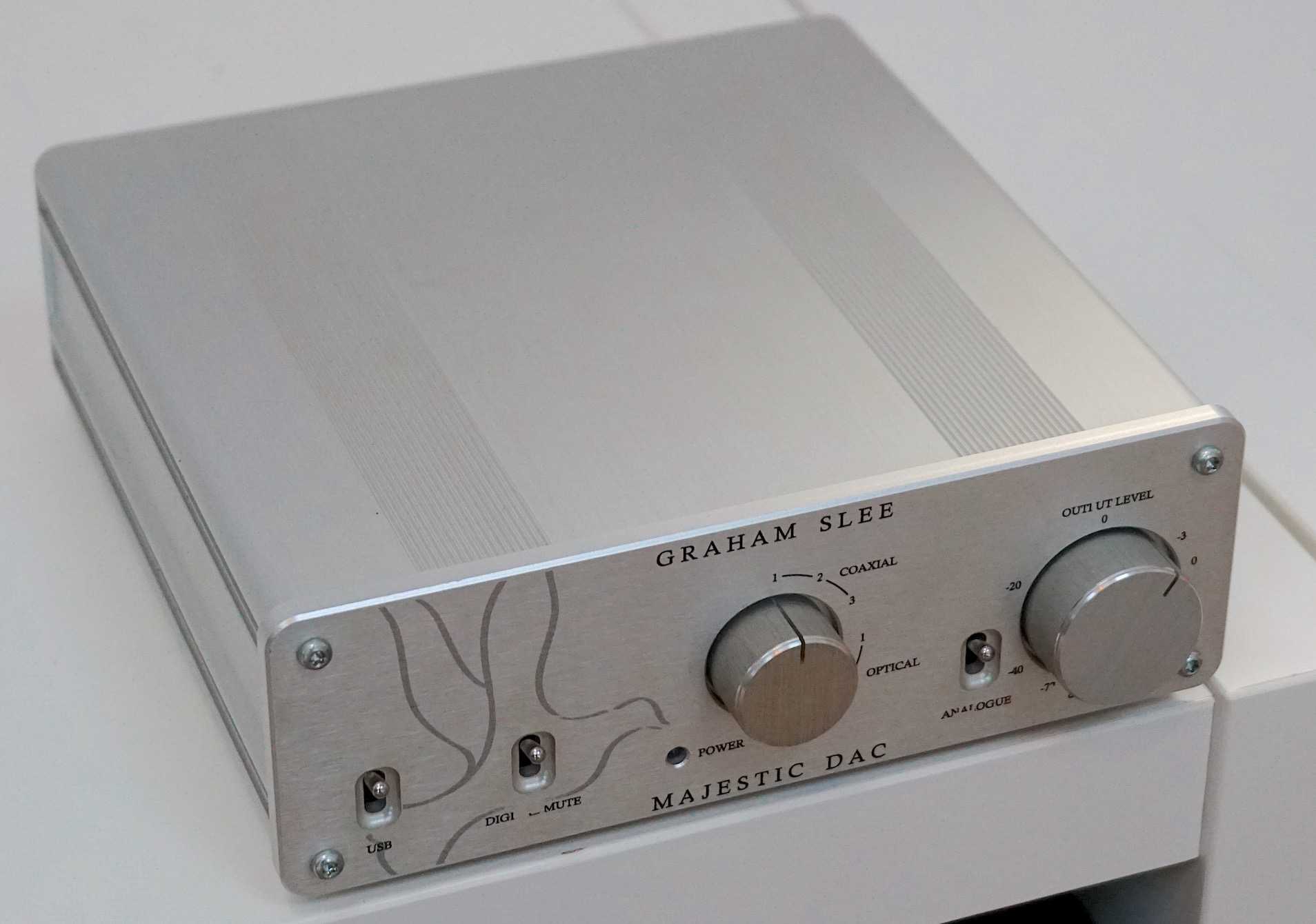
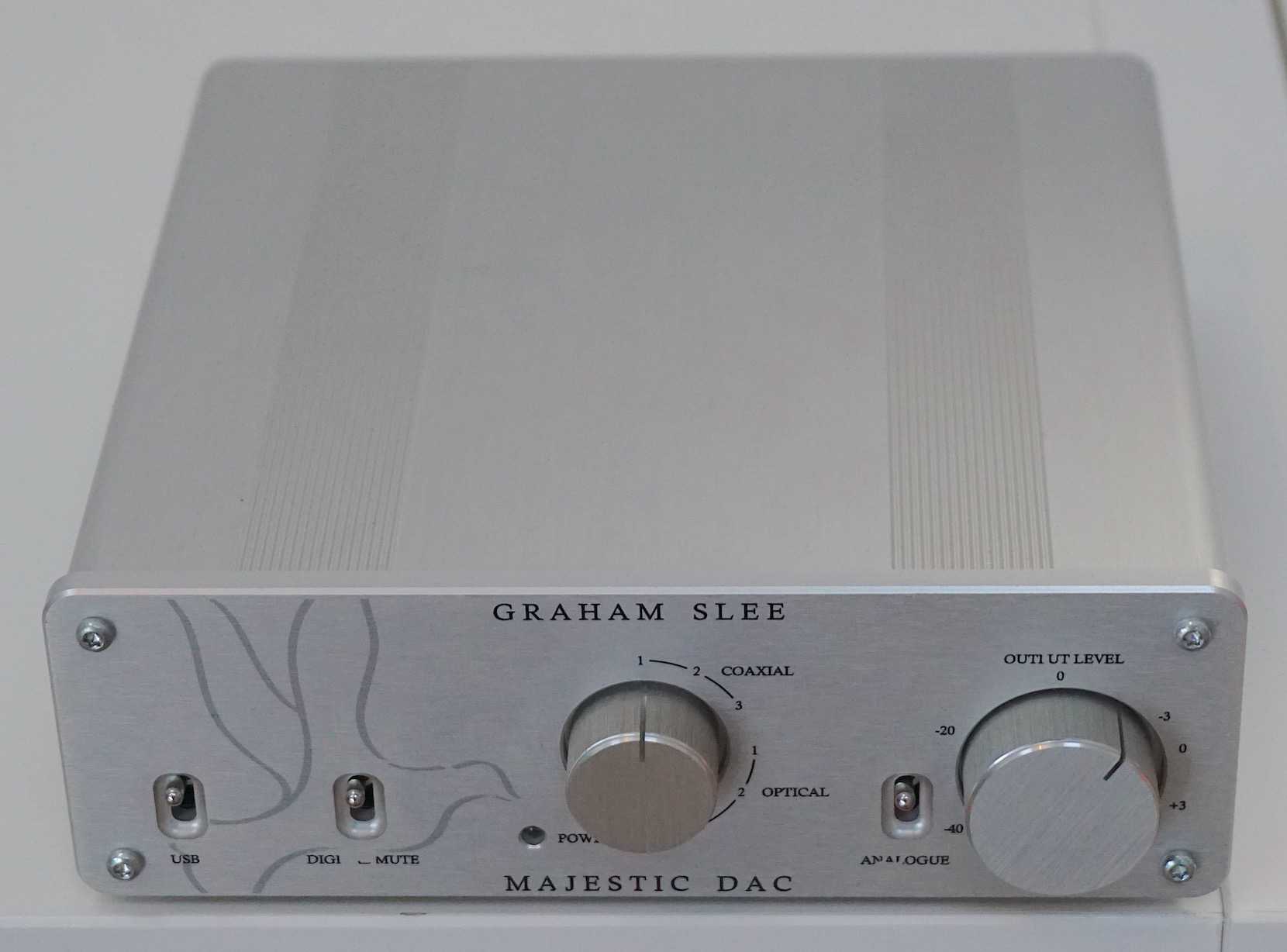
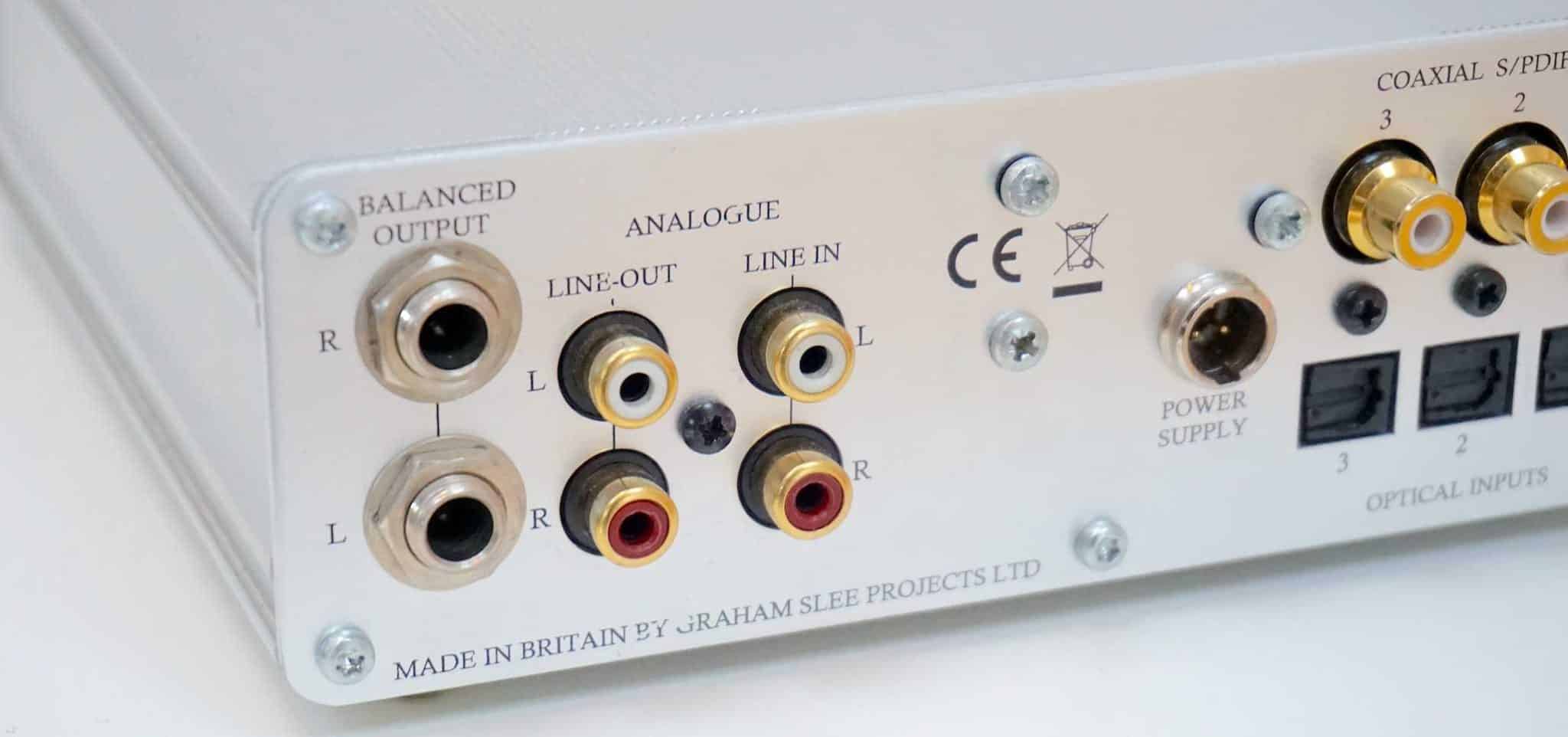
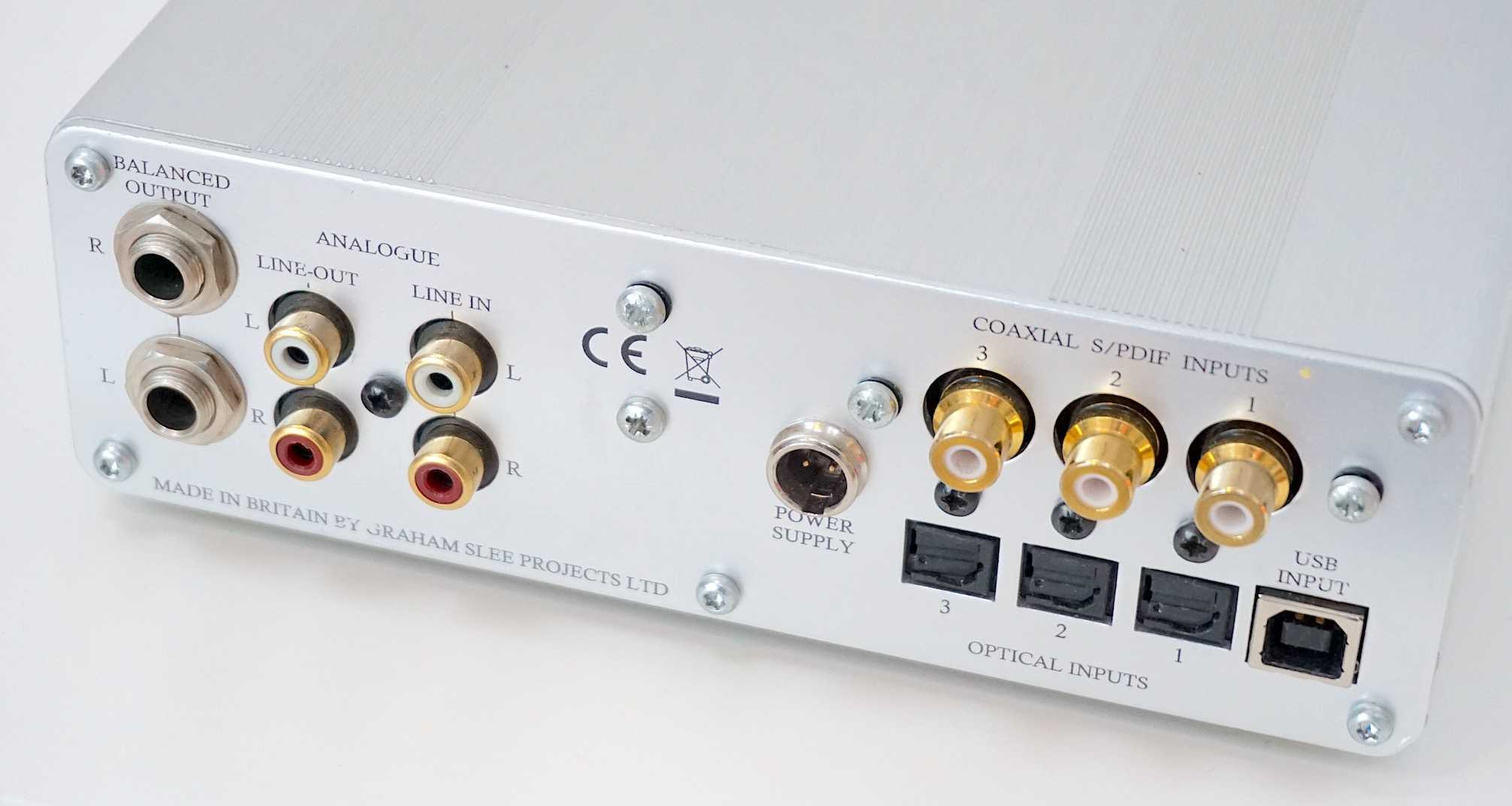



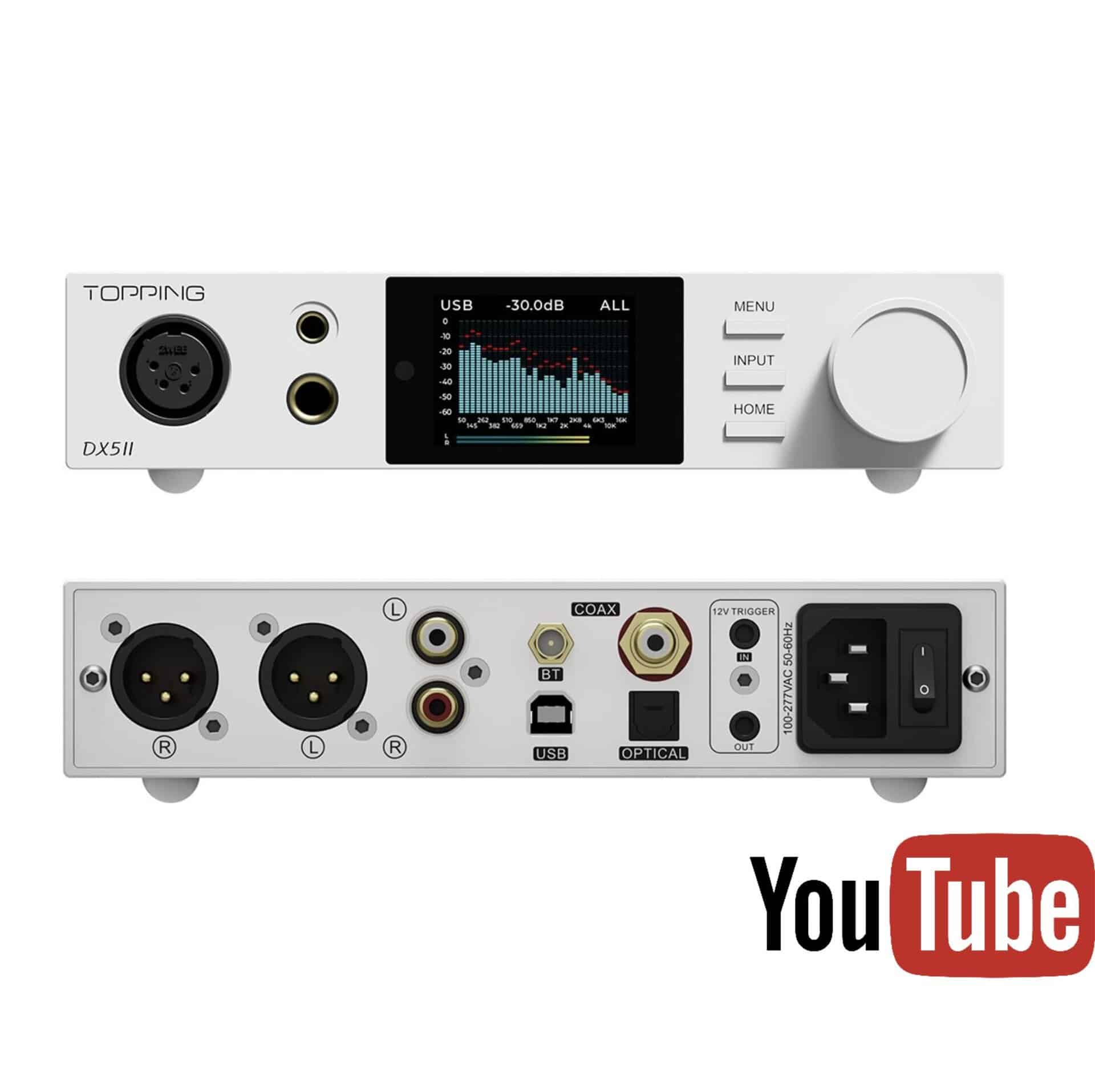
It is interesting what you said about the Wolfson chip. A couple of old grumps (I can say this because I am one) reviewed the Cambridge CXN V2 streamer on a certain well-known video platform and said that they were surprised about Wolfson chips being used in it ‚Äì the inference being that ESS is the go-to chip maker these days ‚Äì because Wolfson was an old company. For someone like me, who is relatively new to hifi, this was news. However, the review of the CXN was extremely positive and the upshot was that you can’t judge the performance of a product with the inherent bias that it contains what is perceived to be unfashionable DAC chips. Your review seems to concur with this or is it all down to implementation? My Rega DAC-R contains a pair of Wolfson chips.
Hi John – I would say that, above all else, HiFi (any HiFi) is made or broken on the anvil of ‘implementation’ (if that’s not stretching a metaphor). Saying that, like any concoction or recipe, you’re only as good as your ingredients and while I like the ESS, it does wind me up a bit. I have always liked the products driven by Wolfson (and AKM for that matter). The Wolfson, I find, does give the designer more freedom to show his flair, skill and talent. Sometimes I feel that ESS is great for lazy/inexperienced/talentless companies because it does everything for you by taking software control of the DAC itself. At least, that’s the feeling I get from hearing multiple samples.
Hi Paul, I am bit surprised that Graham Slee sent you a DAC to review with letters coming off the front panel. At £1600 you would expect it to be a bit more robust.
Hi Richard – I did make a note of this in a picture caption in this review. To repeat, “Graham Slee is a small company so cannot afford to be sending out brand-new units for review to the likes of me. Hence the signage on this unit is rather scuffed as it‚Äôs been ‚Äòaround the houses‚Äô. It performs perfectly, though. At least its thoroughly run in!”